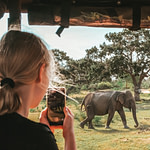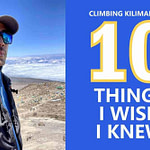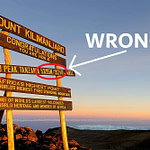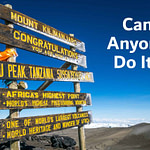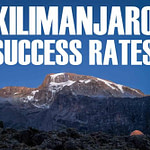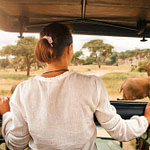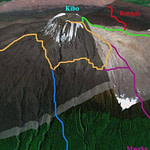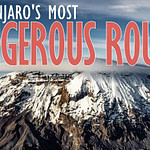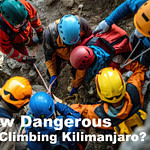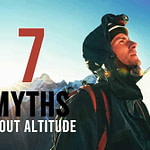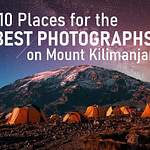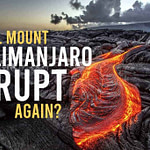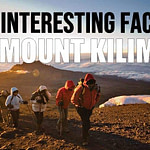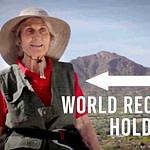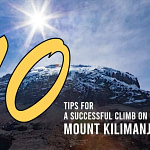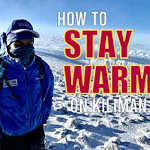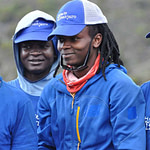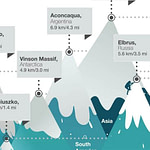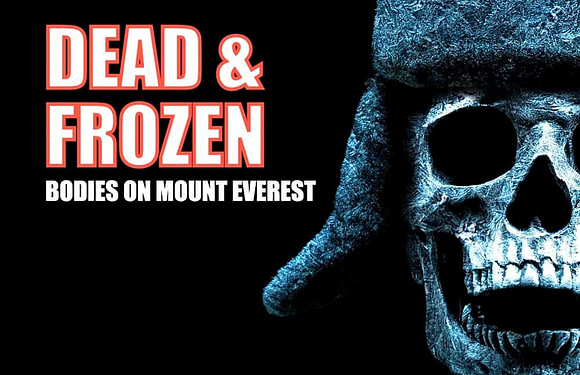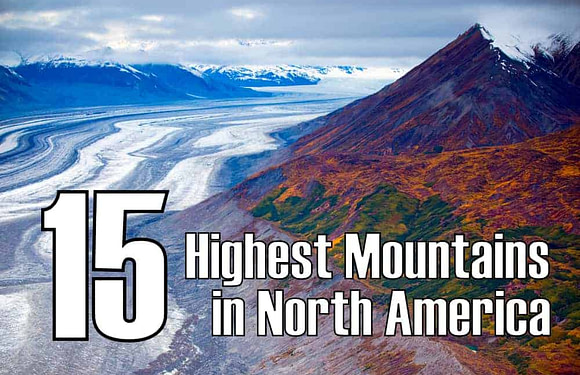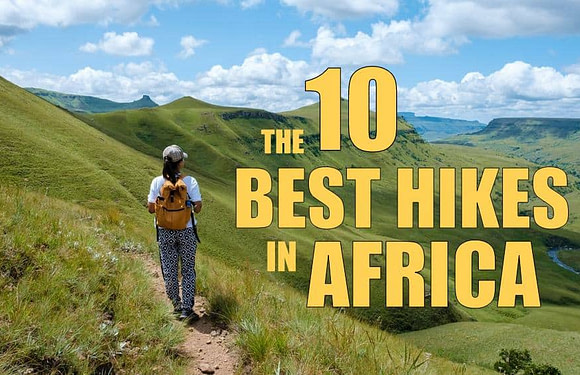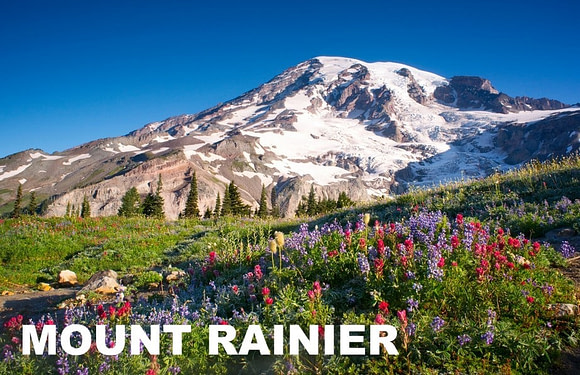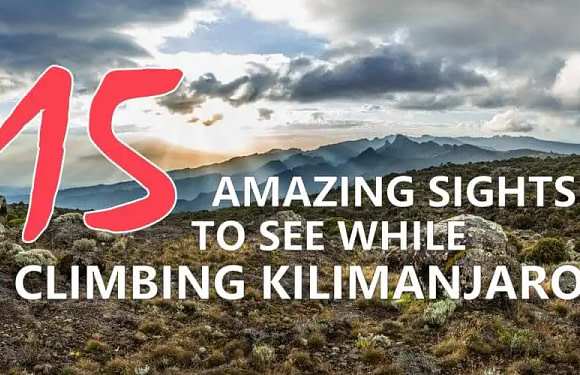
When it comes to big mountains, the United States has its fair share. Nowhere else can you drive from sea-level to a 20,000-foot Arctic summit, day-hike fourteeners, and gaze at volcanoes – all inside one border.
The tallest mountains in the United States are mostly found in just in just three states – Alaska, Colorado and California.
Without further adieu, here are the 15 tallest peaks in America.
| Rank | Peak | Elevation (ft) | Elevation (m) | State | Range |
|---|---|---|---|---|---|
| 1 | Denali | 20,310 | 6,190 | Alaska | Alaska Range |
| 2 | Mount Saint Elias | 18,008 | 5,489 | Alaska / Yukon | Saint Elias Mountains |
| 3 | Mount Foraker | 17,400 | 5,304 | Alaska | Alaska Range |
| 4 | Mount Bona | 16,550 | 5,044 | Alaska | Wrangell Mountains |
| 5 | Mount Blackburn | 16,390 | 4,996 | Alaska | Wrangell Mountains |
| 6 | Mount Sanford | 16,237 | 4,949 | Alaska | Wrangell Mountains |
| 7 | Mount Fairweather | 15,325 | 4,671 | Alaska / British Columbia | Saint Elias Mountains |
| 8 | Mount Hubbard | 14,950 | 4,557 | Alaska / Yukon | Saint Elias Mountains |
| 9 | Mount Bear | 14,831 | 4,520 | Alaska / Yukon | Saint Elias Mountains |
| 10 | Mount Hunter | 14,573 | 4,442 | Alaska | Alaska Range |
| 11 | Mount Whitney | 14,505 | 4,421 | California | Sierra Nevada |
| 12 | Mount Alverstone | 14,500 | 4,420 | Alaska / Yukon | Saint Elias Mountains |
| 13 | University Peak | 14,470 | 4,410 | Alaska | Saint Elias Mountains |
| 14 | Mount Elbert | 14,440 | 4,401 | Colorado | Sawatch Range |
| 15 | Mount Massive | 14,428 | 4,398 | Colorado | Sawatch Range |
The 15 Tallest Mountains in the USA
1. Denali (20,310 ft/6,190 m)
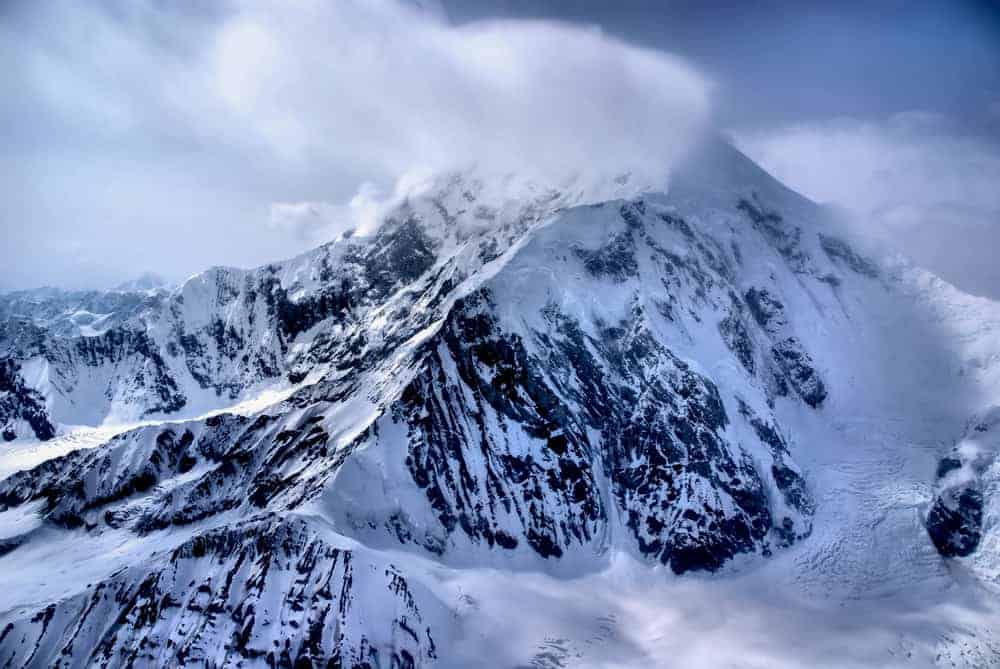
Denali, also known as Mount McKinley, is the highest mountain in the USA. Located in Denali National Park in Alaska, the mountain is the third most isolated peak on Earth after Mount Everest and Aconcagua. The summit of Denali, is officially 20,310 feet tall. However, the mountain’s elevation has been measured numerous times, with some measurements suggesting that it is higher than the commonly accepted figure.
As one of the Seven Summits, it is a popular destination for climbers, with around 1,200 people attempting to summit each year. This peak is widely regarded as the most physically grueling of the Seven Summits because you carry expedition loads the entire way. Climbers haul 70 pounds (32 kg) on the back and drag another 70 pounds in a sled. No porters, yaks, or mules can help lighten the burden. Success rate hovers near 50 percent.
The name “Denali” means “the high one” in the Athabaskan language.
2. Mount Saint Elias (18,008 ft/5,489 m)
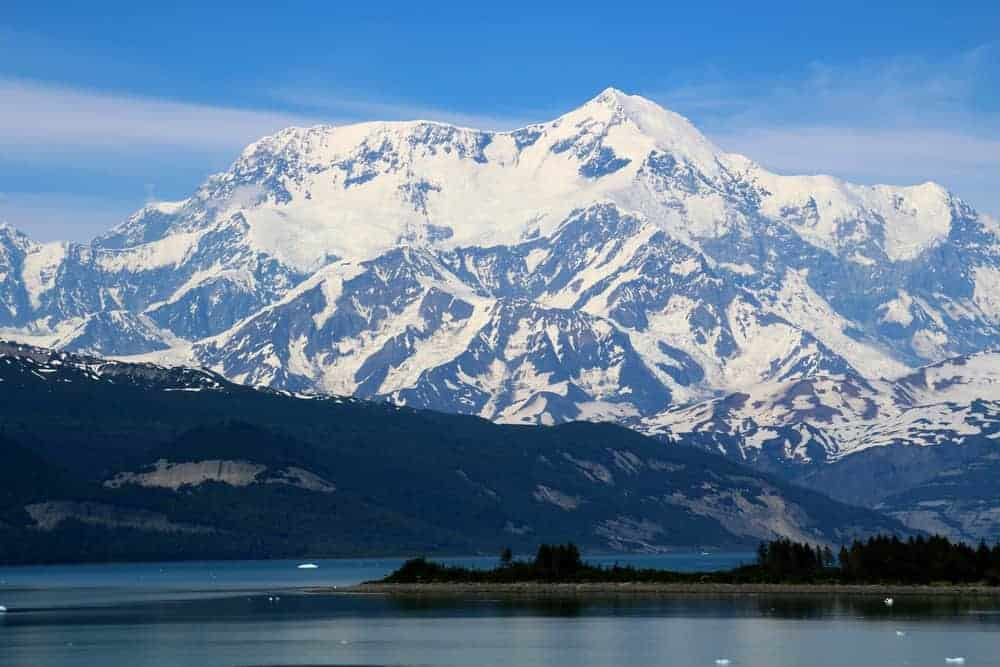
Mount Saint Elias is located on the border between Alaska and the Yukon Territory in Canada. It is part of the Saint Elias Mountains.
The mountain has enormous ice fields and glaciers, which are some of the largest in North America. It combines Himalayan scale with Alaskan weather. Climbers feel more isolated here than on Denali even though it’s lower.
The mountain is steeped in history, having been named after the biblical prophet Elias by the Russian explorer Vitus Bering in 1741. The first ascent was made in 1897 by the Duke of Abruzzi after eight attempts.
3. Mount Foraker (17,400 ft/5,304 m)
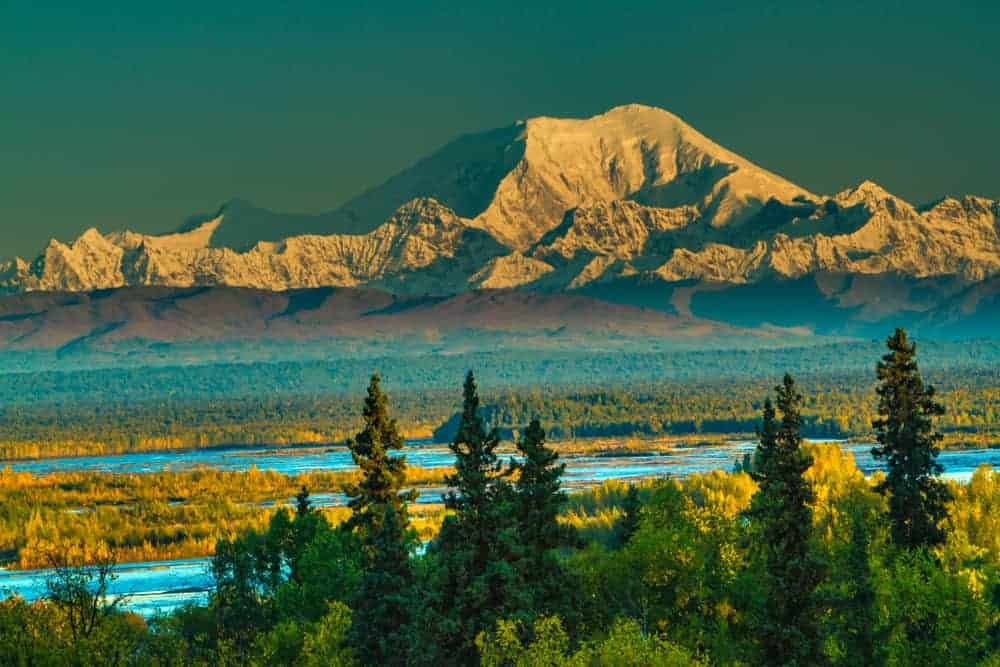
Located in the Alaska Range, Mount Foraker is the third-highest mountain peak in the United States. It is often referred to as Denali’s sister peak, as it is located just 14 miles southwest of Denali in the Alaska Range. It was named after Joseph B. Foraker, an Ohio senator who advocated for the creation of Mount McKinley National Park.
The mountain has rugged terrain, jagged peaks and challenging climbing routes. The Sultana Ridge keeps parties exposed for 5,000 vertical feet on knife‑edge snow. Foraker demands stronger route‑finding skills than Denali and feels remote despite being just 14 miles away.
4. Mount Bona (16,550 ft/5,044 m)
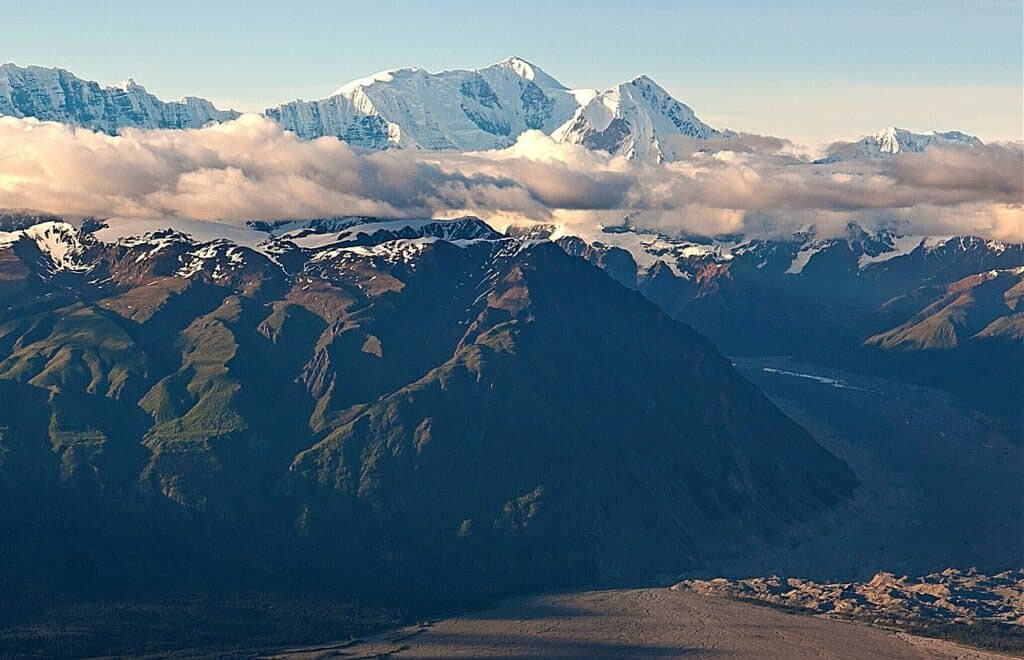
Mount Bona is located in the Saint Elias Mountains in southeastern Alaska. Known for its massive size, it has a base diameter of 25 miles and covers an area of over 7,000 square miles. Mount Bona was named by the Duke of the Abruzzi. He saw the peak while making the first ascent of Mount Saint Elias and named it after his racing yacht.
The geology of the mountain includes rocks that are more than 300 million years old. Mount Boma is the world’s fourth‑highest volcano. It is also one of the largest volcanoes in the world is still considered active. It was formed by layers of volcanic ash, lava, and rock.
Bona is ideal for skiers looking to step beyond volcanoes like Mount Hood but before facing Denali, it’s big, cold, and empty. Teams tow sleds to a high camp, then climb the broad North Ridge to a crater rim.
5. Mount Blackburn (16,390 ft/4,996 m)
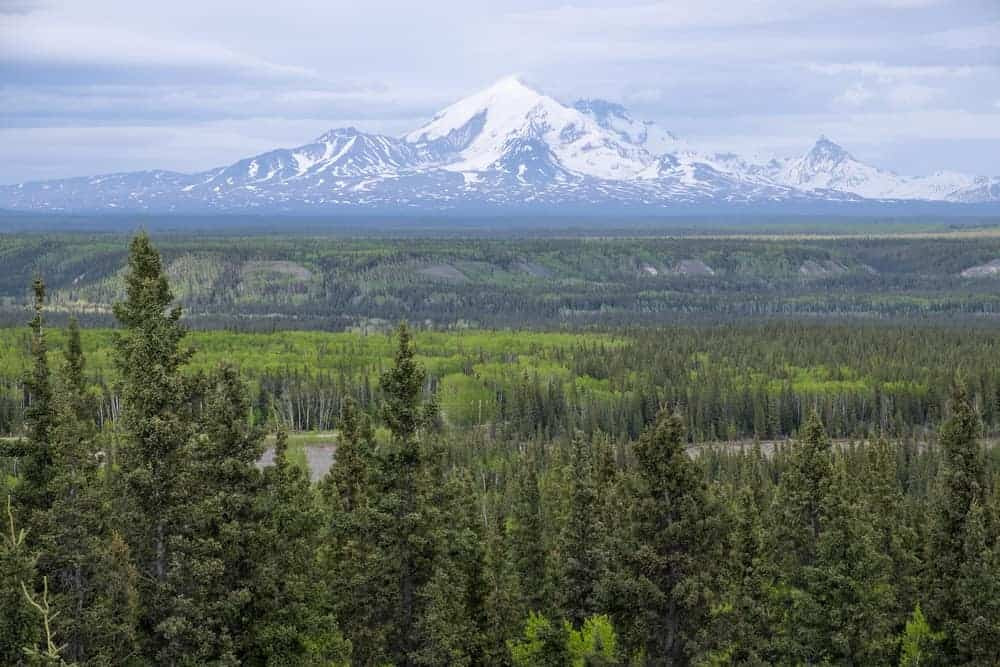
Mount Blackburn is part of the Wrangell Mountains in Alaska. It has one of the largest icefalls in North America which descends from the summit. The mountain is also home to many glaciers, including the Kennicott Glacier, which is over 20 miles long. Blackburn rewards with the best aerial views in the Wrangells if you can stomach the bush‑plane approach and crevasse maze.
The mountain range was named after Joseph Clay Stiles Blackburn, a senator from Kentucky who was an advocate for the creation of the park.
6. Mount Sanford (16,237 ft/4,949 m)
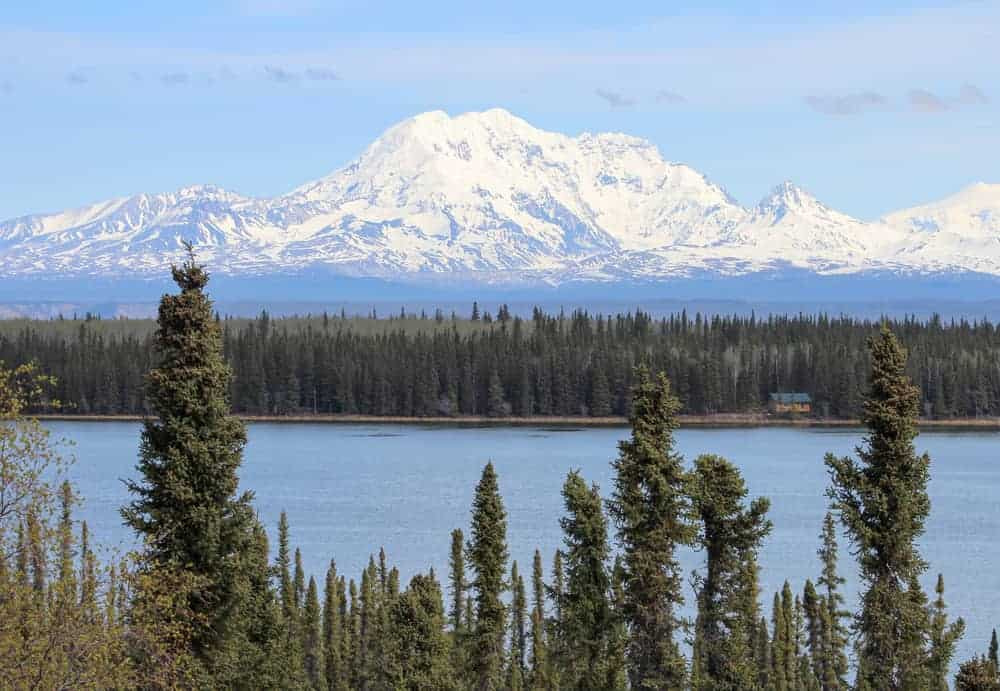
Mount Sanford is the sixth-highest mountain in the USA. It is a shield volcano in the Wrangell Volcanic Field, in eastern Alaska near the Copper River. Mount Sanford is known for its unique geology, which includes a massive caldera that is more than 6 miles in diameter.
Today climbers fly to 7,000 feet on the Sheep Glacier, climb moderate snow, and weave around crevasses. Technically straightforward but logistically fiddly, Sanford is a perfect “big peak” test for strong glacier trekkers.
The mountain was named in 1885 by Lieutenant Henry T. Allen of the U.S. Army after the Sanford family. It was first climbed in 1938 by American mountaineers Terris Moore and Bradford Washburn.
7. Mount Fairweather (15,325 ft/4,671 m)
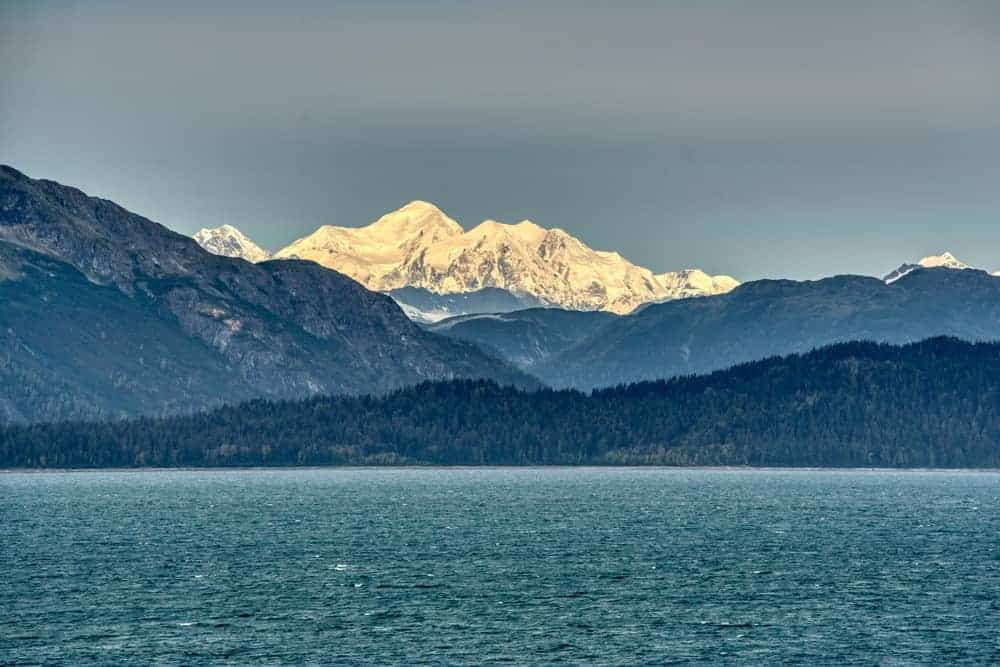
Mount Fairweather is located on the border between Alaska and British Columbia in Canada. It is the highest peak in British Columbia even though most of the mountain is sits on Alaskan soil. The peak is only 12 miles away from the Pacific Ocean.
Clear days reveal a Pacific panorama, but most teams wait out week‑long storms in snow caves. If you catch a weather window, Fairweather delivers perhaps the most dramatic sea‑to‑summit vista in North America, hence the name.
The mountain range was named by Captain James Cook, who saw the peak in 1778 while navigating the bay in “fair weather.” He was impressed by its beauty and symmetry.
8. Mount Hubbard (14,950 ft/4,557 m)
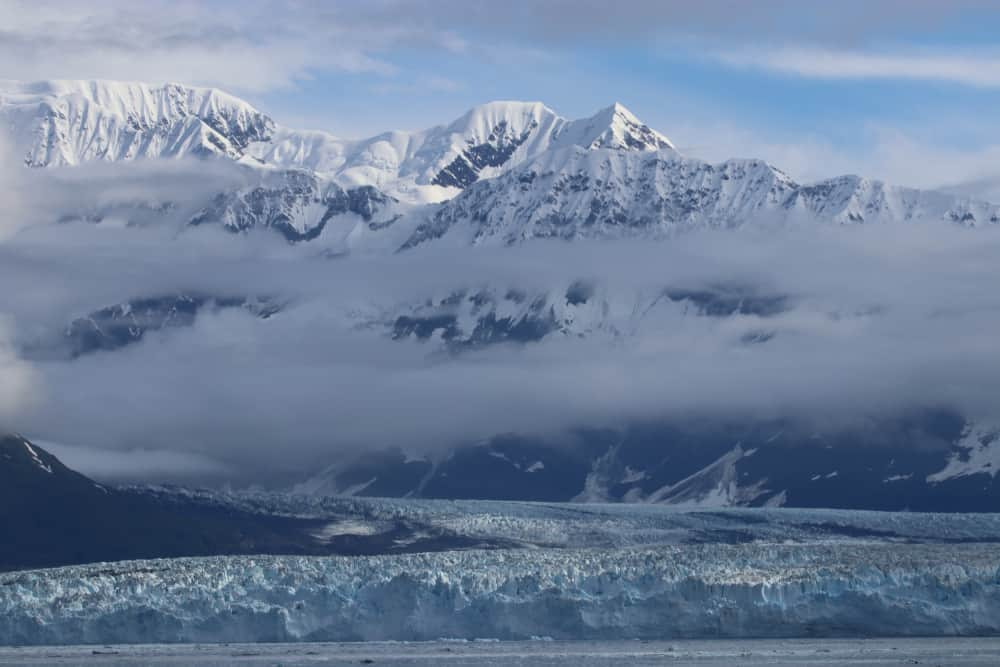
Mount Hubbard is a stunning mountain located on the border between the United States and Canada, in the Saint Elias Range of Alaska. It has three distinct summits, with the highest being on the Canadian side of the border. It’s also considered one of the most difficult mountains to climb in North America due to its steepness and unpredictable weather conditions. Hubbard feels like standing on the prow of a frozen aircraft carrier; the ridge is narrow, airy, and unforgettable.
Mount Hubbard has also been the site of several scientific studies, including studies on glaciology and climate change. The mountain range was named after Gardiner Greene Hubbard, the first president of the National Geographic Society.
9. Mount Bear (14,831 ft/4,520 m)
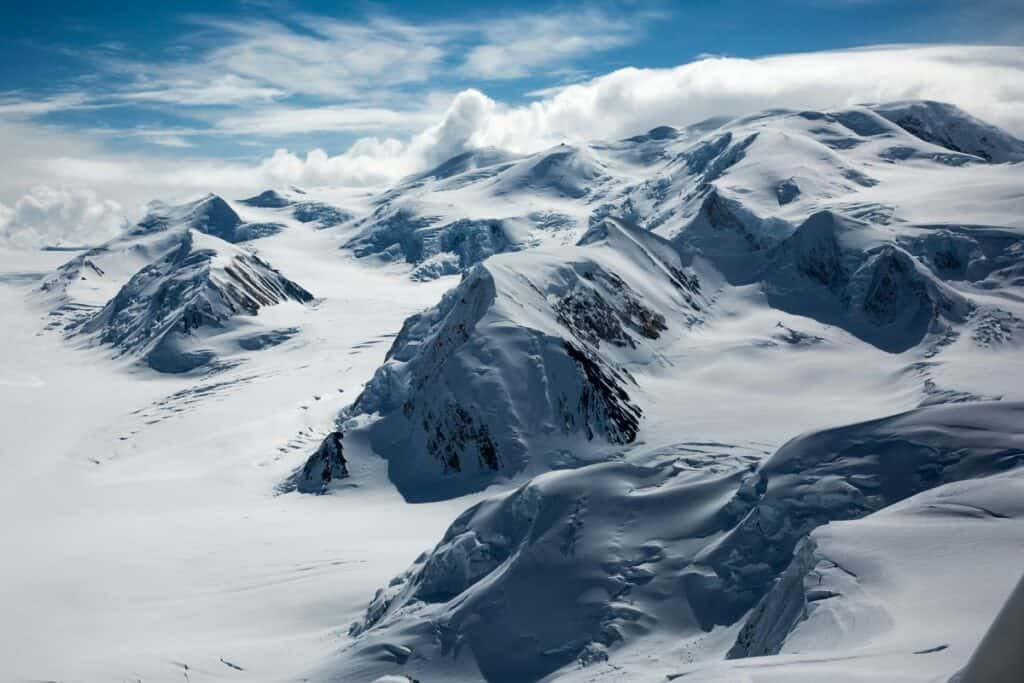
Mount Bear is a massive peak located in the Saint Elias Mountains on the border between Alaska and the Yukon Territory in Canada. One of the unique features of Mount Bear is its location. It is situated at the intersection of three major mountain ranges, which gives it a distinctive appearance. It is also home to several glaciers, including the Bear Glacier, which is one of the largest glaciers in North America.
Remote and seldom visited, you’ll likely sign a summit register that’s empty for years. Expeditions fly to the Barnard Glacier, ski 8 miles to a 10,000‑foot camp, then ascend 40‑degree snow to a sharp summit cone.
The mountain is named after William Wallace Atwood’s expedition, which explored the region in 1912.
10. Mount Hunter (14,573 ft/4,442 m)
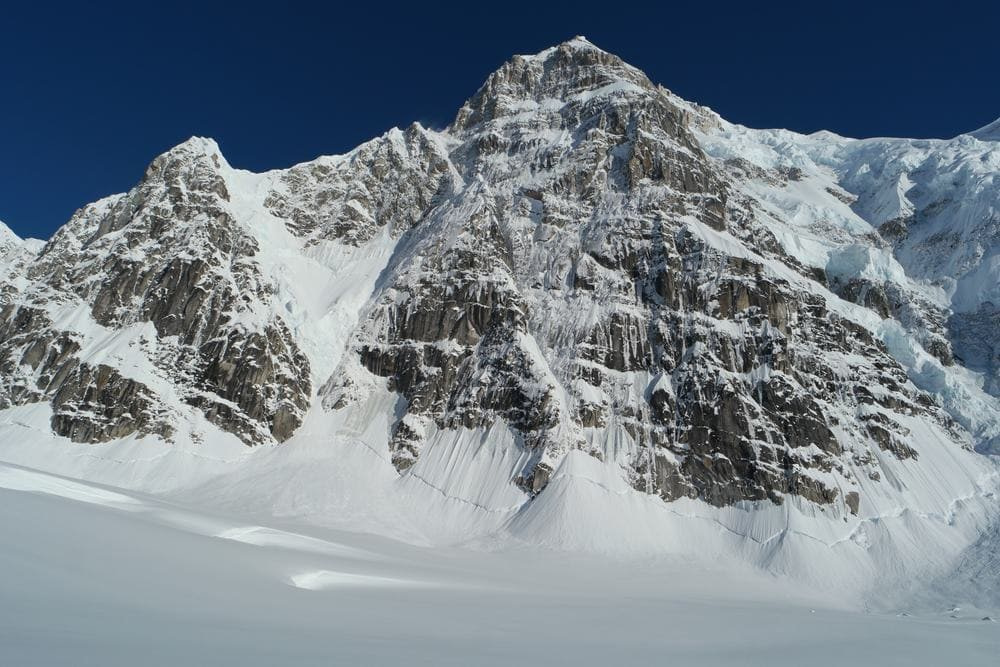
Mount Hunter is a prominent peak in the Alaska Range, located in the Denali National Park and Preserve. It is the third-highest peak in the Alaska Range, following Denali and Mount Foraker.
The mountain has a steep vertical relief, which makes it a popular destination for ice and mixed climbing. The mountain has several challenging routes. The famous West Ridge requires advanced technical skills and is considered one of the most difficult climbs in North America. Pound for pound Hunter might be Alaska’s hardest summit, shorter than Denali but technically in a different league.
The peak was named after Robert Hunter, an early explorer of the area, in 1903. It was first climbed in 1954 by a team of four American climbers, including Bradford Washburn, who later became a renowned mountaineer and photographer.
11. Mount Whitney (14,505 ft/4,421 m)
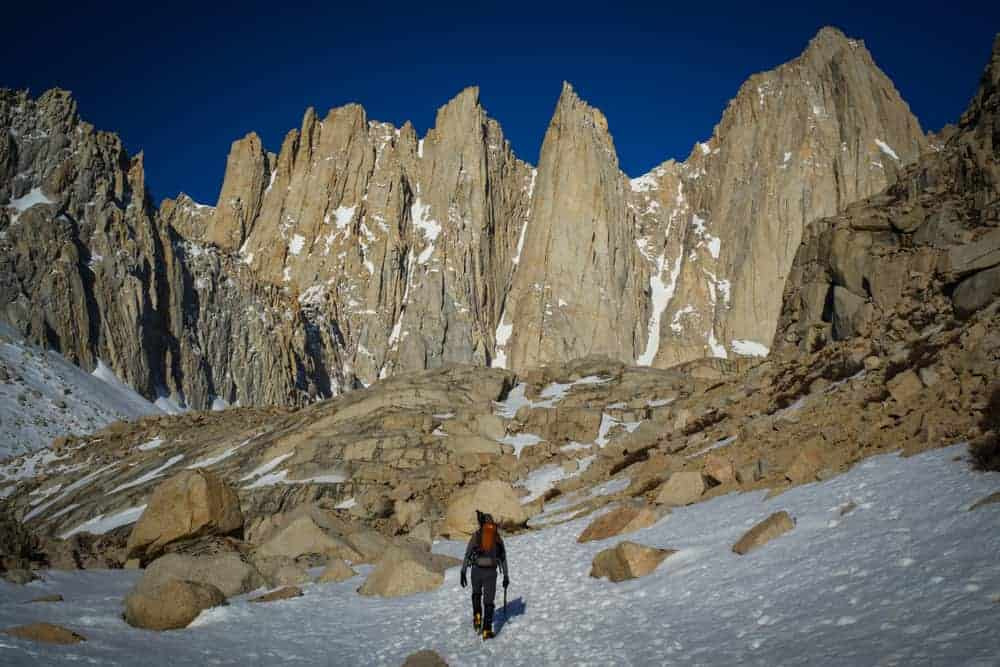
Mount Whitney is the highest peak in the contiguous United States and the 11th highest peak in the USA. It is located in the Sierra Nevada range in eastern California.
Mount Whitney has a rich history and is considered sacred by the indigenous people of the area. The mountain was first climbed in 1873 by a team of four, led by Charles Begole, and has since become a popular destination for hikers and climbers from around the world. A well‑built path, clear signage, and no glacier hazards make the summit attainable as a 22 mile day hake to fit hikers. It is a bucket‑list climb,
The peak is named after Josiah Whitney, the state geologist of California, and is situated in the John Muir Wilderness area. Whitney Portal, located near the town of Lone Pine, is gateway to the main hiking route to the summit.
12. Mount Alverstone (14,500 ft/4,420 m)
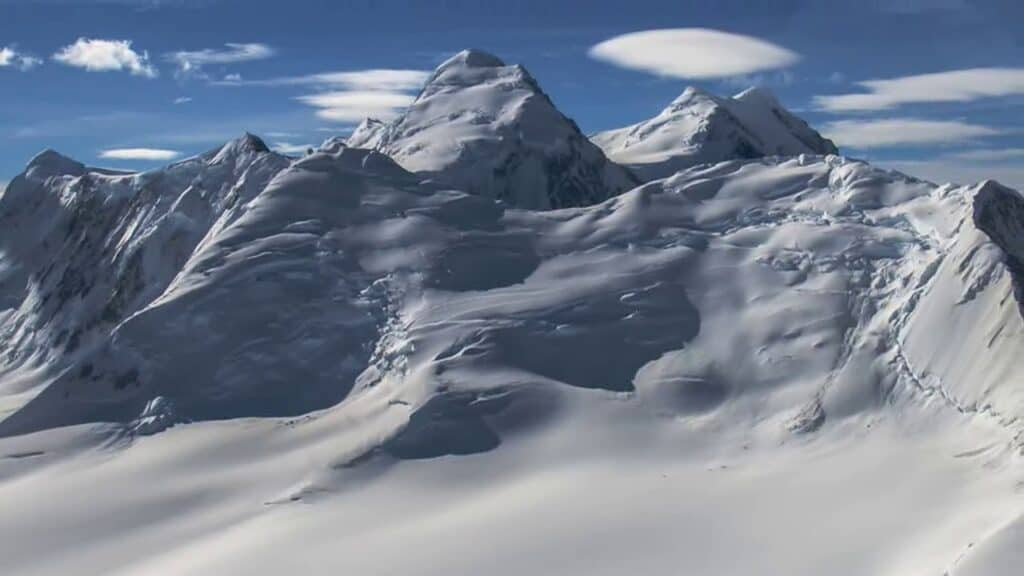
The 12th highest mountain in the USA brings us back to Alaska. Mount Alverstone is a majestic mountain that resides on the border of Alaska and Canada. It is part of the Saint Elias Mountains and forms the highest point of the Alaska-British Columbia boundary. The mountain is located within the largest non-polar ice field in the world, the Bagley Icefield, which spans over 1270 square miles.
The peak was named after the Anglican Bishop of Victoria, Charles James Stewart, who also went by the name of Alverstone. This mountain was first climbed in 1906 by a team of four people led by American philanthropist and alpinist Dora Keen.
13. University Peak (14,470 ft/4,410 m)
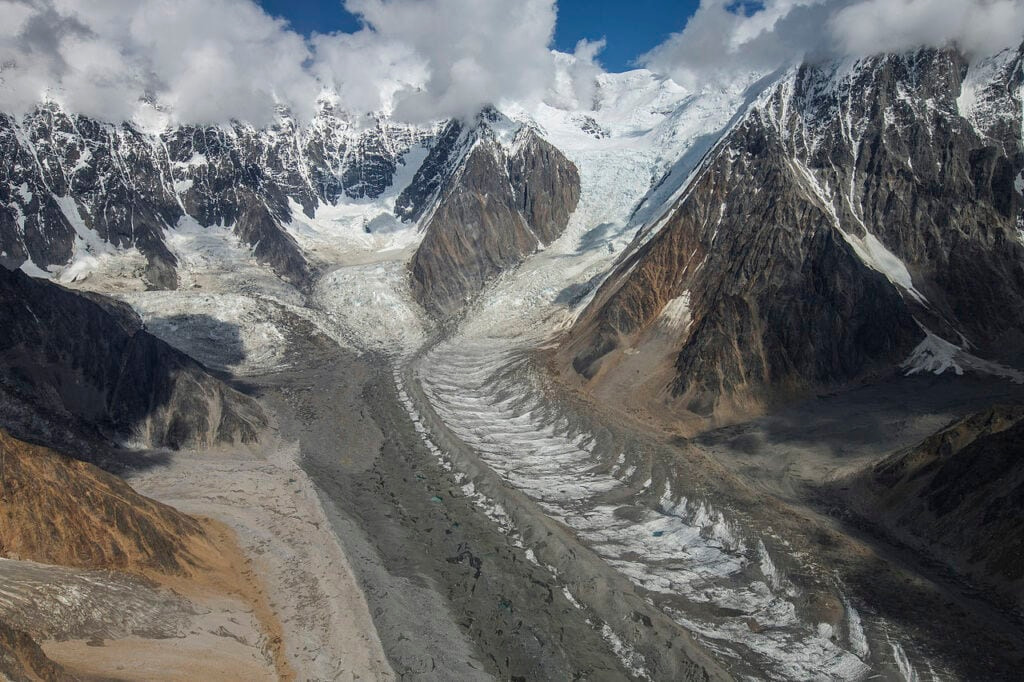
University Peak is located in the Saint Elias Mountains of Alaska. It can be considered a southern outlier of the large massif of Mount Bona. It is known for its dramatic and rugged terrain, with steep cliffs and deep valleys. The peak is a hidden gem for steep‑snow addicts – Alaska‑grade angles at an almost Andean elevation.
The peak was named by Terris Moore, President of the University of Alaska. He wrote, “I herewith claim by virtue of prior discovery to name two peaks about five and ten miles west-southwest of Mount Bona. I informed regents of the University of my intention to name one of these peaks University Peak for the University of Alaska.”
The first ascent of University Peak was in 1955, led by American mountaineer Keith Hart.
14. Mount Elbert (14,440 ft/4,401 m)
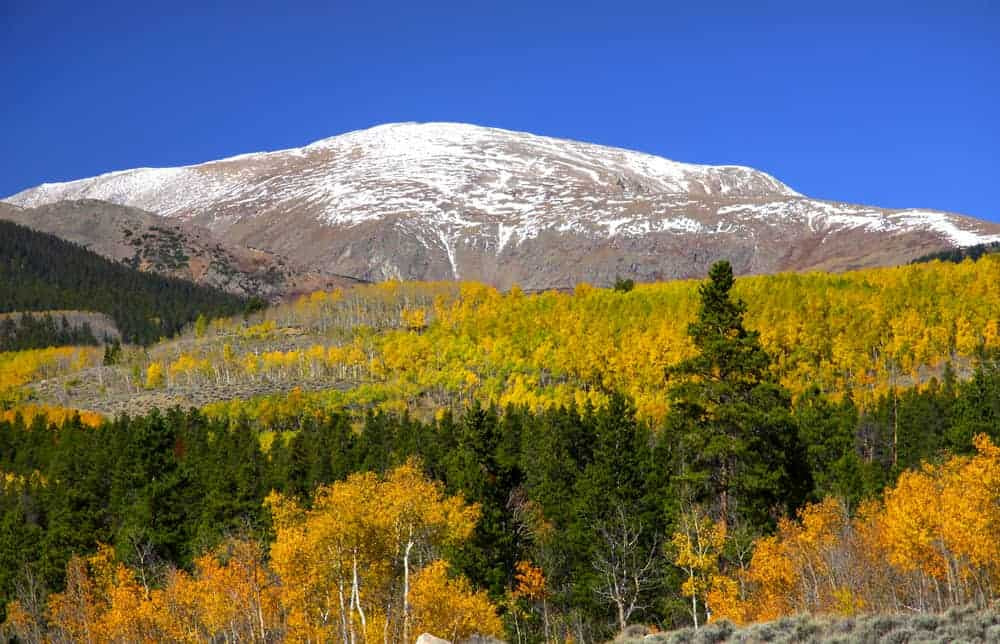
Located in Colorado, Mount Elbert is the highest peak in the Rocky Mountains. It is in the Sawatch Range of central Colorado, near the town of Leadville. Mount Elbert has glacial cirques which were formed during the last Ice Age. These cirques are bowl-shaped depressions on the mountain’s slopes, and they are filled with snow and ice year-round.
Summiting Mount Elbert is a done as a day trip. It offers maximum bragging rights for minimum technical effort. The trailhead sits just 20 minutes from Leadville on a graded dirt road, and no permits are required. Elbert proves that highest does not always mean hardest. Most hikers can top out in a single morning.
The mountain was named after Samuel Hitt Elbert, who was the governor of Colorado in the late 1800s. The mountain was officially named in his honor in 1873, although it had been known to Native Americans and early explorers long before that.
15. Mount Massive (14,428 ft /4,398 m)
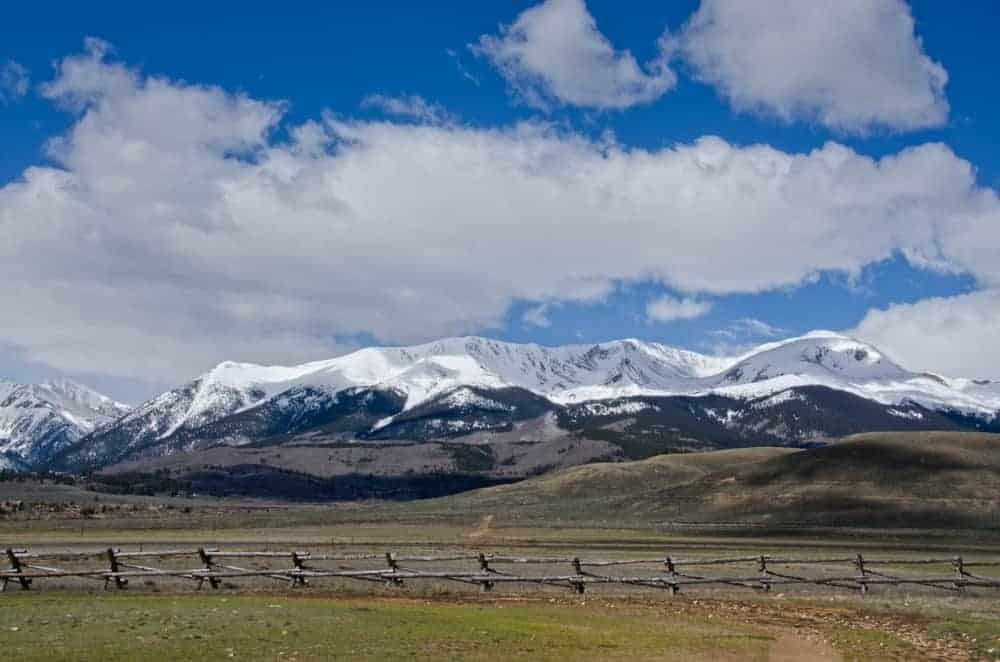
Mount Massive is the second highest peak in the Rocky Mountains and the third highest peak in the contiguous United States. The name Mount Massive is comes from its impressive size. It covers an area of over 340 square miles and has a summit plateau that is approximately 5 square miles. The peak is also home to several large glaciers, including Massive Glacier, the largest glacier in the Sawatch Range.
Similar to Elbert, Massive offers a high‑reward hike without technical barriers, yet it stretches the experience with more distance at extreme altitude. The peak boasts five separate summits over 14,000 feet along a three‑mile crest. Its proximity to Leadville, ample parking, and lack of permit hassle make it a prime training peak for trail runners and hikers preparing for bigger objectives.
Mount Massive has a rich history. The mountain was first explored by American frontiersman John C. Fremont in 1845 and was named by early miners who thought the mountain was the highest peak in the area.
How Does Mount Kilimanjaro Compare?

Mount Kilimanjaro is the tallest mountain in Africa and one of the Seven Summits. It stands 19,341 feet or 5,895 meters above sea level and would therefore be the second tallest peak in the United States if it were actually located there.
Unlike many of the peaks on this list, scaling Kilimanjaro does not require technical mountaineering skills or carrying heavy backpacks. Africa’s highest peak is a high altitude trek that is guided and fully supported by a local crew. Therefore, it can be climbed be people with no experience and average fitness.
The three nontechnical mountains on this list – Mount Whitney, Mount Elbert, and Mount Massive – are usually completed in a single, strenuous day. If you can handle a big one-day push on these U.S. fourteeners, you definitely have what it takes for Kilimanjaro. You’ll just need to stretch that effort over a week and acclimatize to nearly 20,000 feet.
Interested in climbing Kilimanjaro? See our trip dates and prices.


